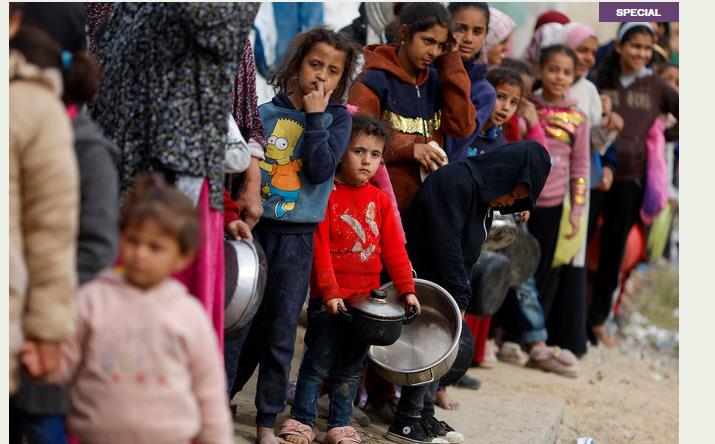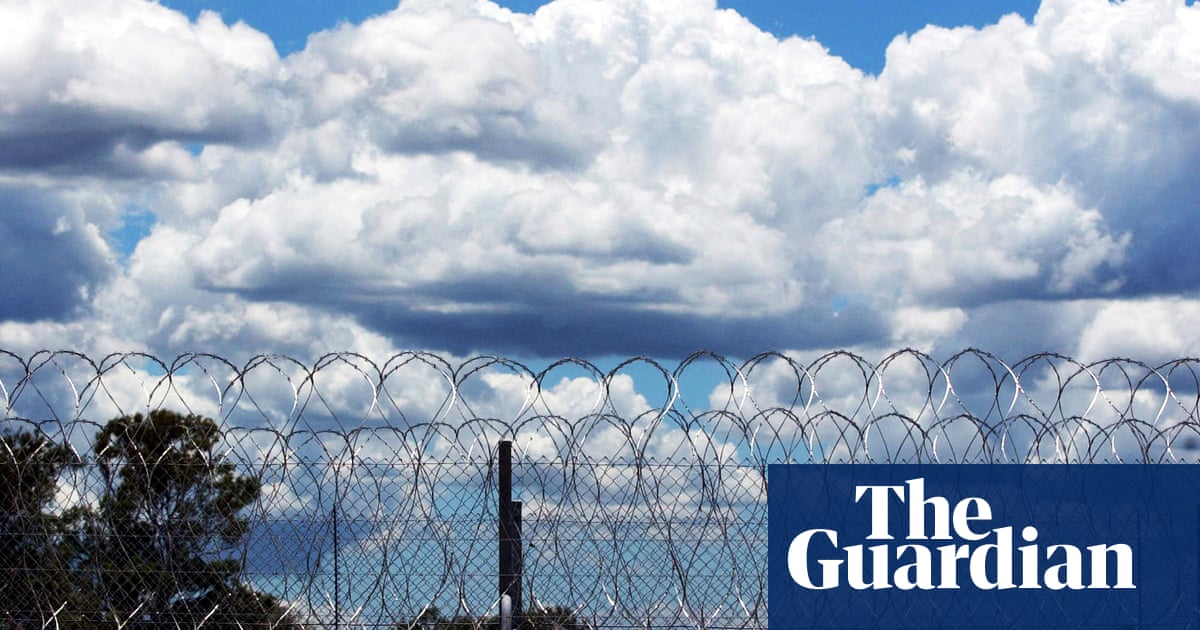
British soldiers were 12% more likely to have been killed than their American counterparts during the “war on terror” in Iraq and Afghanistan, according to a study of casualty figures.
The research – intended as a lessons learned exercise – also concludes that UK forces were 26% more likely to have been killed by improvised explosives, validating longstanding complaints about the poorly armoured Snatch Land Rover.
Iain Overton, the editor of the study, said that while it was hard to be “absolutely concrete” on why British troops were more likely to have died, “repeated scandals over poor equipment” were likely to have had an impact.
Also relevant, he said, was the UK decision to deploy forces in the southern Afghan province of Helmand, “a ferociously dangerous place for any coalition fighter in Afghanistan”, over an eight-year period from 2006.
Conducted by Action on Armed Violence (AOAV), the research compares fatality figures released by the UK and US militaries, covering the period from 2001 to 2014 or 2015, including the war and insurgencies in Iraq and Afghanistan.
A total of 626 UK military personnel were killed on overseas operations between September 2001 and March 2014 out of 220,550 deployed soldiers, representing 2.8 fatalities for every 100,000, the research concludes.
The comparable US figures were that 6,835 military personnel were killed between the slightly longer period of September 2001 to September 2015 from a much larger deployment of 2.77 million. That represented 2.5 fatalities per 100,000 deployed.
The research also reveals there were 252,773 civilian deaths in Iraq and Afghanistan, and many more wounded, indicating that for every UK and US soldier who died “some 33 civilians were also to lose their lives in two main theatres of war”.
Although there have been many studies into the human cost of the long-running war on terror, which began with the invasion of Afghanistan in the aftermath of the bombing of the twin towers on 9/11, the purpose of the AOAV study is to make comparisons between UK and US casualty figures.
“If deaths could have been avoided, this should be discussed. If lessons could be learned, they need to be. Not doing so would be a moral failure,” Overton said in an interview with the Guardian.
Improvised explosives were the largest single cause of fatalities, accounting for 43% of UK personnel deaths and at least 38% among US forces.
In 2017, the then British defence secretary, Michael Fallon, apologised to families of personnel killed in Snatch Land Rovers used in both Iraq and Afghanistan and for the delays in replacing the vehicles.
“I would like to express directly to you my deepest sympathies and apologise for the delay, resulting in decisions taken at the time in bringing into service alternative protected vehicles which could have saved lives,” Fallon wrote.
Afghanistan was the most deadly place for British troops, accounting for 71% of all fatalities between 2001 and 2020, with 2009 the deadliest single year, when 105 personnel died. For the US forces, Iraq was the most dangerous theatre, accounting for 63% of all deaths during operations.
The Ministry of Defence said comparisons between the UK and the US were “unhelpful” and said that the US has provided a large number of non-combat personnel whose “exposure to risk was lower”. It said that British and allied forces had served with “dedication, distinction and courage” and that consideration should be given to the “complex environment” UK forces were operating in.












